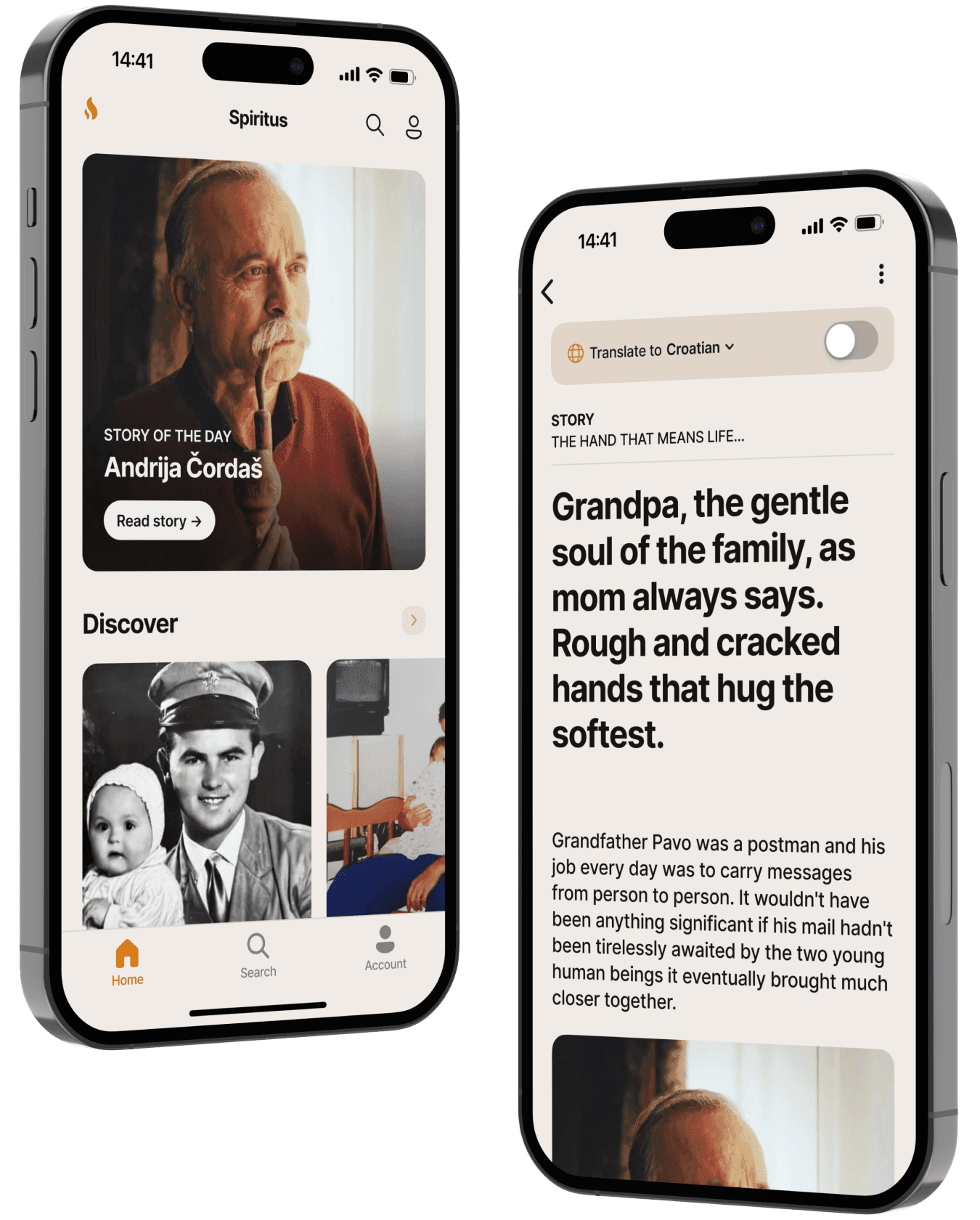Belica and Mishko
The love story of the most famous Croatian artistic couple.
The rebellious Krleža failed the fourth grade of high school and entered the military academy in Pécs. He spent five years in the barracks. On a short leave, coming to Uncle Vuksan's at Đurđevićeva 16, he saw a blonde fourteen-year-old girl. Her name – Leposava, described her perfectly.
They chatted for a long time. But the young Miroslav had to return to Hungary. His rebellious spirit was not inclined to a military regime and, on the eve of the First World War, he fled to Serbia.
He wanted to participate in the Balkan Wars, prompted by his unitarist ideals. However, when he arrived in Belgrade, the Yugoslav authorities expelled him, accusing him of being a spy. He then comes again to Austria-Hungary, where the executive authorities arrest him and mobilize him as a home guard. They send him to the eastern front.
Although he is known for his significant anti-war work, he spent only two months on the real front. He was quickly wounded and sent for treatment, after which he waited out the end of the war in the rear war service in Požega and Zagreb. Living in Slavonia, he met Edita from Vukovar of Jewish origin. He fell in love with her, he asked her to be engaged. But she, without hesitation, refused him.
Disappointed, in August 1917 he came to Zagreb in front of the church of St. Mark. Even as a boy, he attended it only to look at girls. He was impressed by the beautiful sound of the organ, so he entered. Then he saw a beautiful light-skinned and blue-eyed blonde who, at that time, was considered a Zagreb femme fatale. Coming closer, he realized that it was Leposava, now grown up and attractive. She will later be better known as – Bela Krleža.
There is a quote by which he described her, that "she had a bun, a hat, a white blouse with lace details". A year later, their fateful meeting took place in Zrinjevac, where she was walking with a friend. Krleža stopped her and told her: - We know each other, we could talk! – and arranged a meeting the next day on the Gornjograd promenade.
Love at first sight happened. She too was impressed by a handsome young man dressed in the ceremonial uniform of the Austro-Hungarian army. But nothing went smoothly. Bela's parents strongly opposed the marriage. At that time, the girl was looking for employment as a teacher, and Krleži had just banned the publication of the magazine Plamen, and he was barely surviving on his whistleblowing.
They drank beer on dates, and Krleža successfully made his chosen one laugh to tears. Bela was more stubborn than Krleža and, to the despair of her parents, decided to marry a poor writer. Because of love, she was even baptized into Catholicism because her father was Orthodox. After two years of courtship, the young couple exchanged rings in 1919 at a small ceremony attended only by the godfathers, Milan Begović and Krleža's friend at the time, Ljubo Tadić.
After that, their life began. Attractive Bela, known for her temperament as an actress, did not do well in the role of a provincial teacher. Her children constantly annoyed her, and her work was boring. However, the newlyweds soon got lucky because their aunt, having passed away, bequeathed them an apartment with a Zagreb address.
Arriving in Zagreb, Bela decided to enroll in an acting course. She described her acting beginnings by saying: - I felt that evening that I was reborn and then I realized that the stage is my life! - Krležina Belica became a member of the Croatian National Theater in Zagreb in 1928, and became famous for the role of the fatal Baroness Castelli in Glembajevi.
During her career, she acted in many of Krleža's dramas, and during the NDH, despite her Serbian origin, she played numerous leading roles. She worked hard to support herself and her husband. Namely, Krleža did not earn particularly much with his writing, and the couple lived relatively modestly. But everything changed with the establishment of SFRY. Krleža, as a great communist, often hosted the president for life and his first lady. Soon, the artistic married couple moved to Villa Gvozd, where they stayed for the rest of their lives, and that villa became Zagreb's iconic artistic residence. They summered in Brijuni, and during the period of separation they sent each other letters in which the greatest Croatian writer complained about the summer heat and too many Czech tourists on the Adriatic.
In moments of love, Bela called Miroslava "Miško" and he called her "Belica". While they were arguing, they would address each other with Vi in letters. She addressed him as - "Mr. Krleža", and he addressed her as "Lepa Lukić". There weren't that many quarrels, the only serious quarrel that could threaten their marriage was the one that happened when Miroslav left for Warsaw. There he met the writer Sofija Nalkovska. She made a strong impression on him, and he told his friends about her that he couldn't talk to any other woman like she did. This made the temperamental Bela very angry, and she refused to communicate with her Misha.
At that time, he addressed her officially, mostly asking her for money or clothes. However, what seemed like an adventure did not shake the marriage of this famous couple. They stayed together even in difficult moments of separation when Miroslav had to hide from the Ustasha and when he was extremely poor because he was forbidden to publish.
The couple had no children, and they slept in separate bedrooms in their villa. It was mentioned that Bela had several abortions, and Krleža would declare when asked about children: - I know everything in my family and I didn't want my children to look like anyone. –



